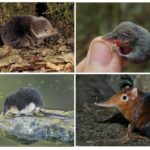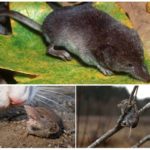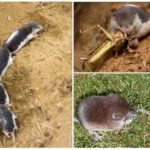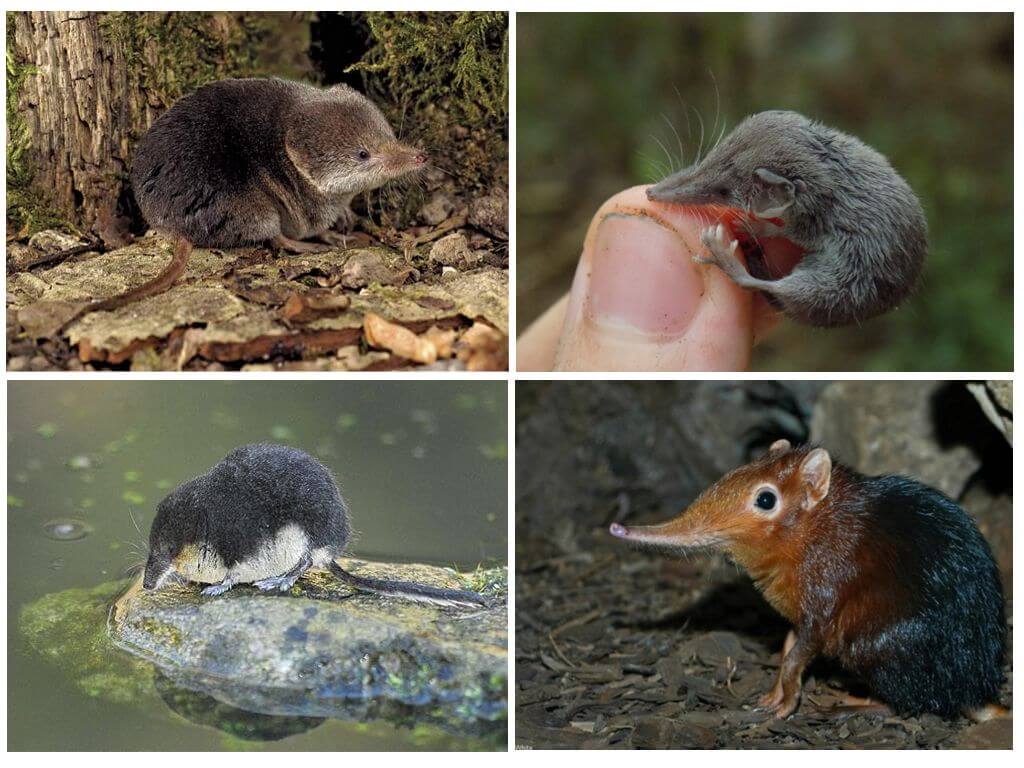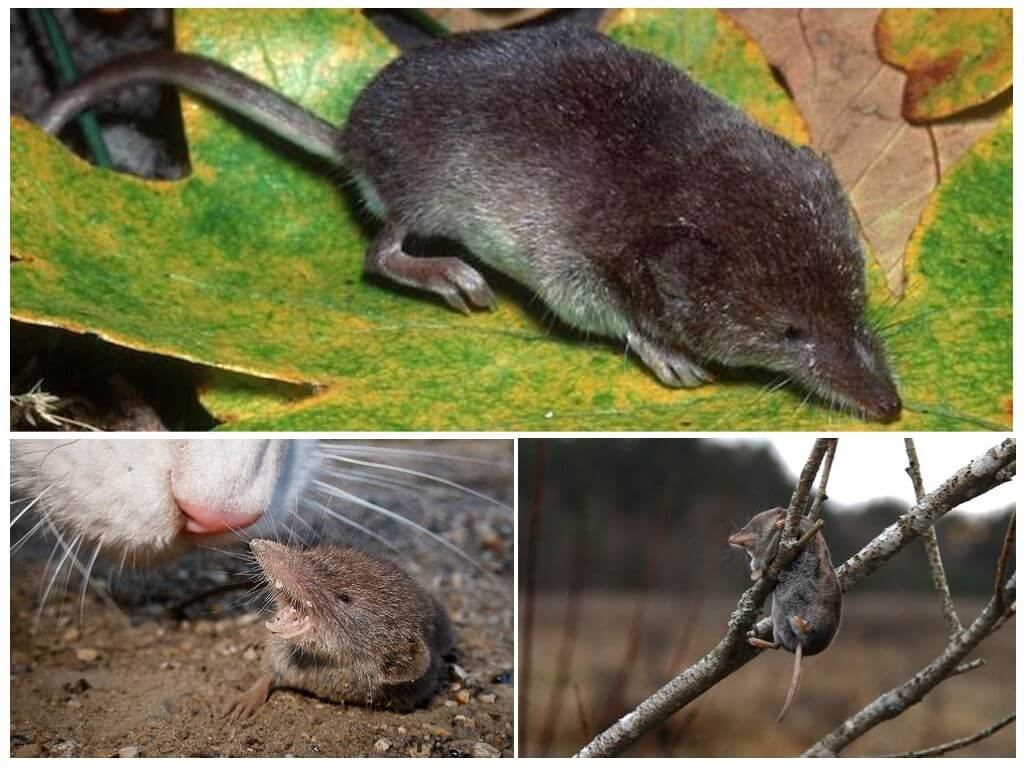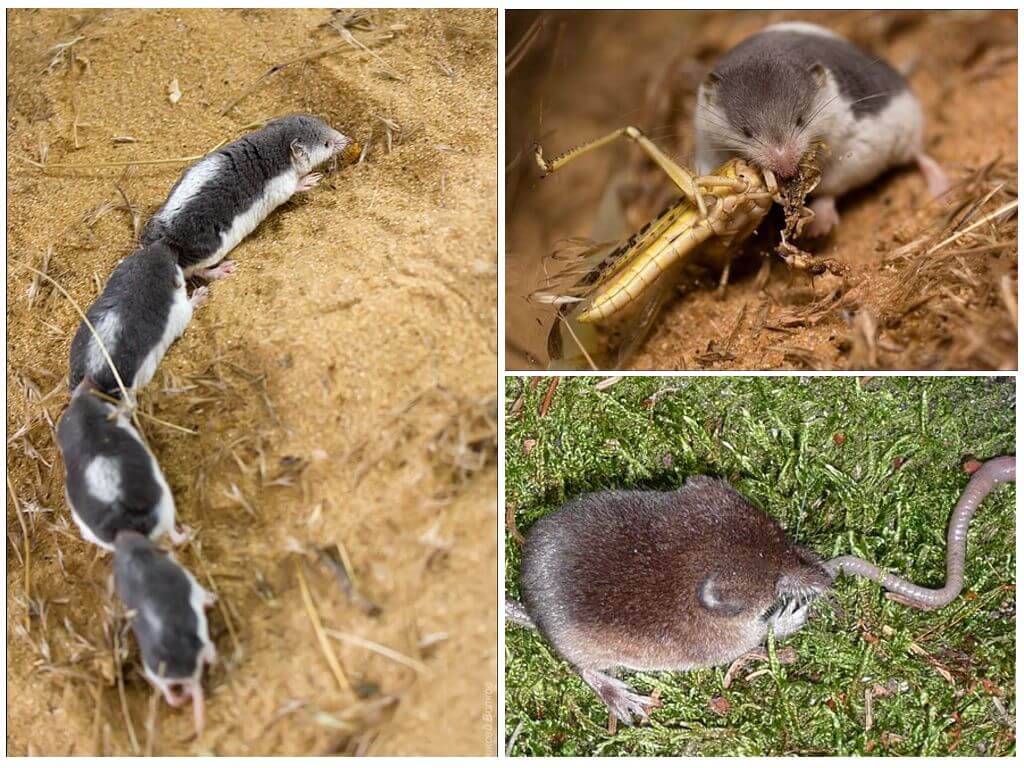What does the shrew look like, photo and description
Content
- Types of shrews
- Shrew
- Animal nutrition
A shrew is a representative of a detachment of shrews belonging to insectivorous animals. They are often mistakenly called rodents due to external similarities with field mouse. But the closest relatives of the animals are hedgehogs and moles. The large number of these small animals is due to the lack of natural enemies. This is due to the fact that shrews wool is covered with a special lubricant secreted by skin glands.The smell of a fat-like substance scares off any predator, with the exception of some snake species in tropical countries.
Types of shrews
Known about 300 shrew species. Photos and description of the species of animals are widely represented on Internet resources. The most famous species of these animals are:
- shrew and its species;
- shrew and its varieties;
- water shrews;
- elephant shrews and others.
Tiny shrew, the smallest representative of mammals, is widespread, their body length is only 3-5 cm without taking into account the length of the tail. The shrew received its name for the brown enamel on the tips of the teeth, which protects them from premature grinding. In addition to the brown color of enamel, the fur of the shrew also has a brown tint.
The shrew or dwarf polytiter is a representative of insectivorous, characterized by the white color of the teeth enamel and body size of about 7 cm. It is less common than its dwarf relative and has a gray coat color.
On a note!
The largest representative of the shrews is the giant shrew. The size of her body can reach 15 cm, and the length of the tail - 10 cm.The fur color of the white-shrew varies from light gray to almost black. The giant white shrew, despite its harmless livelihoods, very often becomes a victim of people who confuse it with rat.
The water shrew or common curator is a large insectivorous, preferring to live on the shores of freshwater bodies. A distinctive feature of the structure of the water animal is the presence of hard wool on the legs for more efficient movement in water and waterproof wool. Its appearance resembles water rat. In the diet of curators are small species of fish, amphibians, insects. The color of the water inhabitant is gray, and the belly has a lighter shade.
Habitat animal
Shrews are widespread, with the exception of polar territories. Most often they can be found in the countries of Asia, Europe, Africa, North America, Russia. They prefer to live mainly in wet soil next to water bodies, swamps. Often they lodge in hollows of trees, rotten stumps, in fallen leaves. Sometimes shrews settle down holes of moles.
Animals rarely change their place of residence, preferring to explore an area of several tens of square meters. Most often, their home becomes a summer cottage or garden.Being engaged in digging holes in search of insects, a shrew can dig a whole garden in a few hectares of land within 24 hours.
Interesting!
In the case of the appearance of an uninvited invader of the territory, shrews can defend their plot and fight with an opponent until death.
On one plot of land in a few hectares of land no more than two adult individuals live. Migrants do not like to migrate by their own will, they adhere to the same territory throughout their lives. The exception is the forced removal of man. After a careful study of the piece of land, the animal moves to the neighboring territory, until new insects appear on the old one.
Features of the structure, the appearance of the shrew
The animal shrew got the title of a pest thanks to its insatiable appetite. He has a very fast metabolism, so he spends all his waking time in search of food, occasionally interrupting to rest and sleep.
The dimensions of the shrews do not exceed the size of a normal mouse. These small mammals rarely reach 5-7 cm in length. Very often the animal is confused with the mouse, so all gardeners and gardeners should know what the shrew looks like:
- she has a thicker tail;
- elongated mobile nose, like a proboscis;
- The color of short hair can vary from light brown to dark gray.
The eyes of a small gardener are blind-sighted, as in many representatives of the shrew. The main organs of sense are hearing and smell. Shrew's large ears function as sonar and transmit all information about the environment. The keen nose allows even insects to be found under the ground than the shrew eats.
Nutrition and reproduction
The animal does not cause direct harm to humans. Unlike the mouse, shrews do not harm summer residents. Even, on the contrary, exterminate many enemies of the vegetable garden. The favorite food for them are:
- Bears;
- leaf beetles;
- May beetles;
- slugs;
- woodlice;
- caterpillars;
- spiders;
- earthworms;
- the larvae.
In addition to insects, animals sometimes eat grains and seeds of plants. In pursuit of food, a shrew can damage the root system of garden and horticultural crops. Drainage of the soil and its purification from pests is more beneficial than the probability of plant death from tricks of a tailed inhabitant.But lawns dug in holes or flower beds are unlikely to please the owners of land. Therefore, these animals have a bad glory, and many gardeners are trying get rid of the shrews on the plot.
During the day, the mammal can eat food in mass, which is 4 times the weight of the feeder itself. Such an appetite in the event of a shortage of food can bring the animal to the extreme - it begins to hunt small lizards or its relatives. If within 8-9 hours he does not manage to find food for himself, the animal dies of starvation. In winter, starvation is already in 3-4 hours, so few shrews live to spring.
During its short life, from 1 to 2 years, the life of a shrew is able to endure and raise up to 6 litters. In the prepared in advance nest, lined with soft bedding, appear from 3 to 10 blind babies. A caring female feeds her young with milk, gradually transferring them to solid food. At the end of 3 weeks the babies become independent individuals.
Interesting!
There are cases when the shrew brought up to 20 babies at a time. During the summer season, under favorable conditions, one female can raise about 40 cubs.And some of her babies themselves will have time to give birth to the end of the current summer period.
After two weeks, the young are able to move independently and get out of the mink. They move, holding their teeth for the base of the tail in front of the walking animal. Such a train they follow mom everywhere, so as not to get lost.
It has not yet been revealed whether these animals are monogamous or polygamous. They are little studied, as they are mostly nocturnal and spend a lot of time underground. It is known that the nest is prepared for future offspring by both parents.

